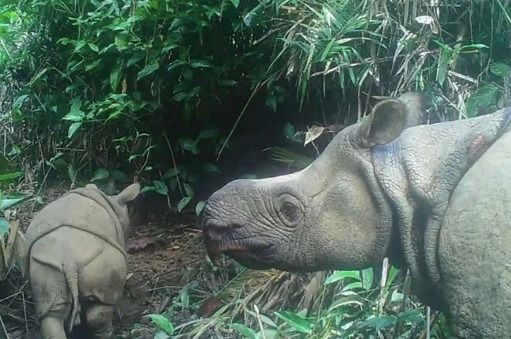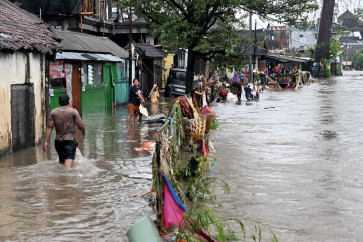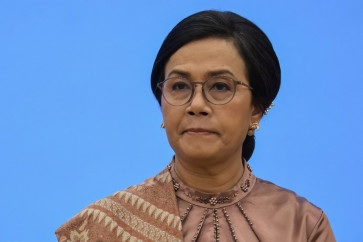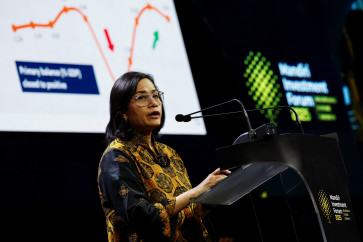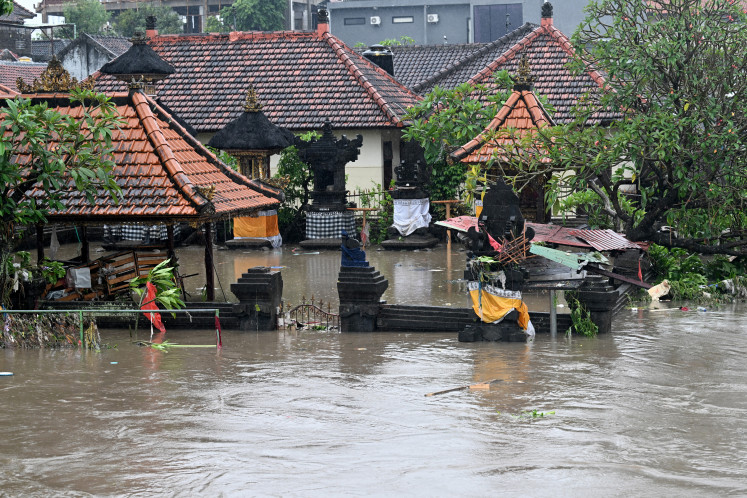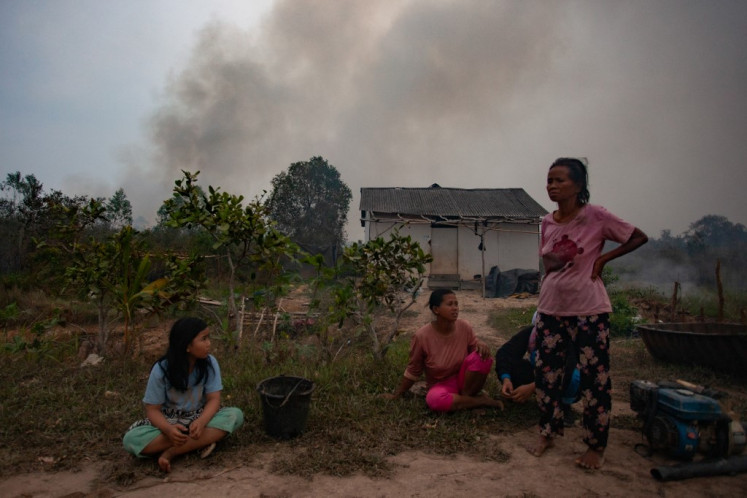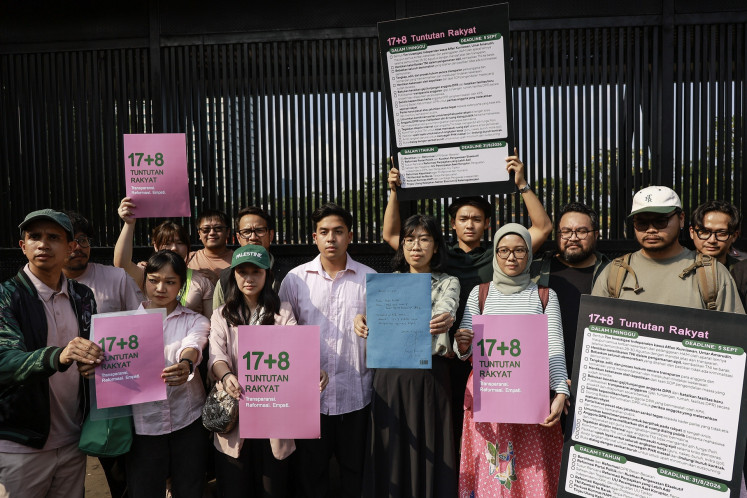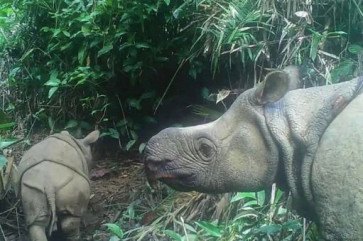Popular Reads
Top Results
Can't find what you're looking for?
View all search resultsPopular Reads
Top Results
Can't find what you're looking for?
View all search resultsIPB uses assisted reproductive technology to help save Indonesia’s endangered rhinos
According to IPB’s ART specialist Muhammad Agil, the technology is crucial to saving Indonesia's two critically endangered rhino species, the Javan rhino (Rhinoceros sondaicus) and the Sumatran rhino (Dicerorhinus sumatrensis), both of which face shrinking populations and severely limited genetic diversity, leaving them highly susceptible to disease and reproductive failure.
Change text size
Gift Premium Articles
to Anyone
T
o help save Indonesia’s critically endangered rhinoceros, Bogor Agricultural University (IPB) in West Java is developing assisted reproductive technology (ART) and a genetic biobank through its School of Veterinary Medicine and Biomedical Sciences (SKHB).
ART refers to a set of medical and scientific techniques used to help animals or humans reproduce, particularly when natural reproduction is difficult or no longer possible. These methods include artificial insemination, in vitro fertilization (IVF), embryo transfer and sperm and egg cryopreservation.
According to IPB’s ART specialist Muhammad Agil, the technology is crucial to saving Indonesia's two critically endangered rhino species, the Javan rhino (Rhinoceros sondaicus) and the Sumatran rhino (Dicerorhinus sumatrensis), both of which face shrinking populations and severely limited genetic diversity, leaving them highly susceptible to disease and reproductive failure.
“More than 70 percent of Sumatran rhinos rescued between 1980 and 1990 suffer from reproductive organ dysfunction, such as tumors, making natural reproduction extremely difficult,” he said recently.
“Meanwhile, Javan rhinos possess only two genetic haplotypes. Without intervention, the species could face extinction within the next 50 years,” Agil added.
Read also: Works underway to move two Javan rhinos to sanctuary
A haplotype is a group of genes inherited together from a single parent. Having only a few haplotypes means the entire population of Javan rhinos likely descends from just a small number of ancestors. This low genetic diversity increases their risk of extinction because they can't adapt well or overcome inherited health problems.

